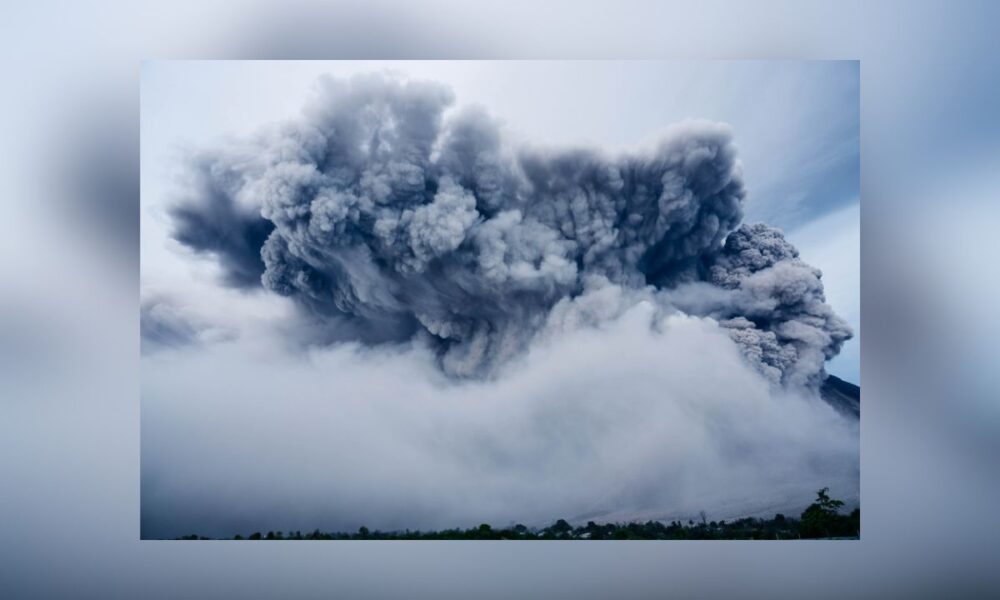The Krasheninnikov volcano in Russia’s far eastern Kamchatka Peninsula erupted early Sunday, marking its first activity in approximately 600 years, just days after an 8.8-magnitude earthquake struck the region.
The eruption sent an ash plume soaring nearly 20,000 feet into the sky, according to the Kamchatka branch of Russia’s Ministry for Emergency Services.
“This is the first historically confirmed eruption of Krasheninnikov volcano in 600 years,” Olga Girina, head of the Kamchatka Volcanic Eruption Response Team, said in a statement to Russian state news agency RIA, Reuters reported.
The volcano, located in the Kronotsky Nature Reserve and standing at 6,089 feet, produced an ash cloud that drifted eastward toward the Pacific Ocean, with no reported impact on populated areas.
“The ash cloud has drifted eastward, toward the Pacific Ocean. There are no populated areas along its path,” the ministry noted on Telegram.
The eruption followed a powerful 8.8-magnitude earthquake on July 30, one of the strongest ever recorded, which triggered tsunami warnings across the Pacific, from Japan to Hawaii and as far as New Zealand. The quake, centered 143 miles south of the volcano, also prompted the eruption of Klyuchevskoy, Kamchatka’s most active volcano, hours later.
A subsequent 7.0-magnitude earthquake on Sunday led to temporary tsunami warnings for three areas of Kamchatka, which were later lifted.
Experts suggest a possible link between the seismic activity and the volcanic eruptions.
Clive Oppenheimer, a volcanology professor at the University of Cambridge, told Newsweek, “The connection is plausible. There is statistical evidence that very large earthquakes might trigger some eruptions of volcanoes within some hundreds of kilometers of the epicenter. But the mechanisms are not well understood.”
He added that seismic disturbances might accelerate eruptions in volcanoes already primed to erupt.
Harold Tobin, a seismology professor at the University of Washington, told NPR that while the quake alone likely did not cause the eruption, its seismic waves could have destabilized magma systems.
“It wouldn’t have experienced really extreme shaking,” Tobin said. “Nonetheless, seismic waves that are passing through the earth are certainly affecting underground systems like potentially magma that’s in cracks in the rock inside a volcano.”
Kamchatka, part of the Pacific Ring of Fire, is one of the world’s most seismically and volcanically active regions, hosting about 300 volcanoes, 29 of which are active, according to NASA’s Earth Observatory.
Vsevolod Yakovlev, acting director of the Kronotsky Nature Reserve, said the eruption was “not something out of the ordinary for a region with high volcanic activity,” though staff were evacuated for safety, per NPR.
An orange aviation warning code was issued due to the ash plume, signaling potential disruptions to air travel. Authorities are monitoring seismic patterns and lava flows, with evacuation protocols in place for low-lying coastal areas amid ongoing aftershocks and heightened regional alertness.


